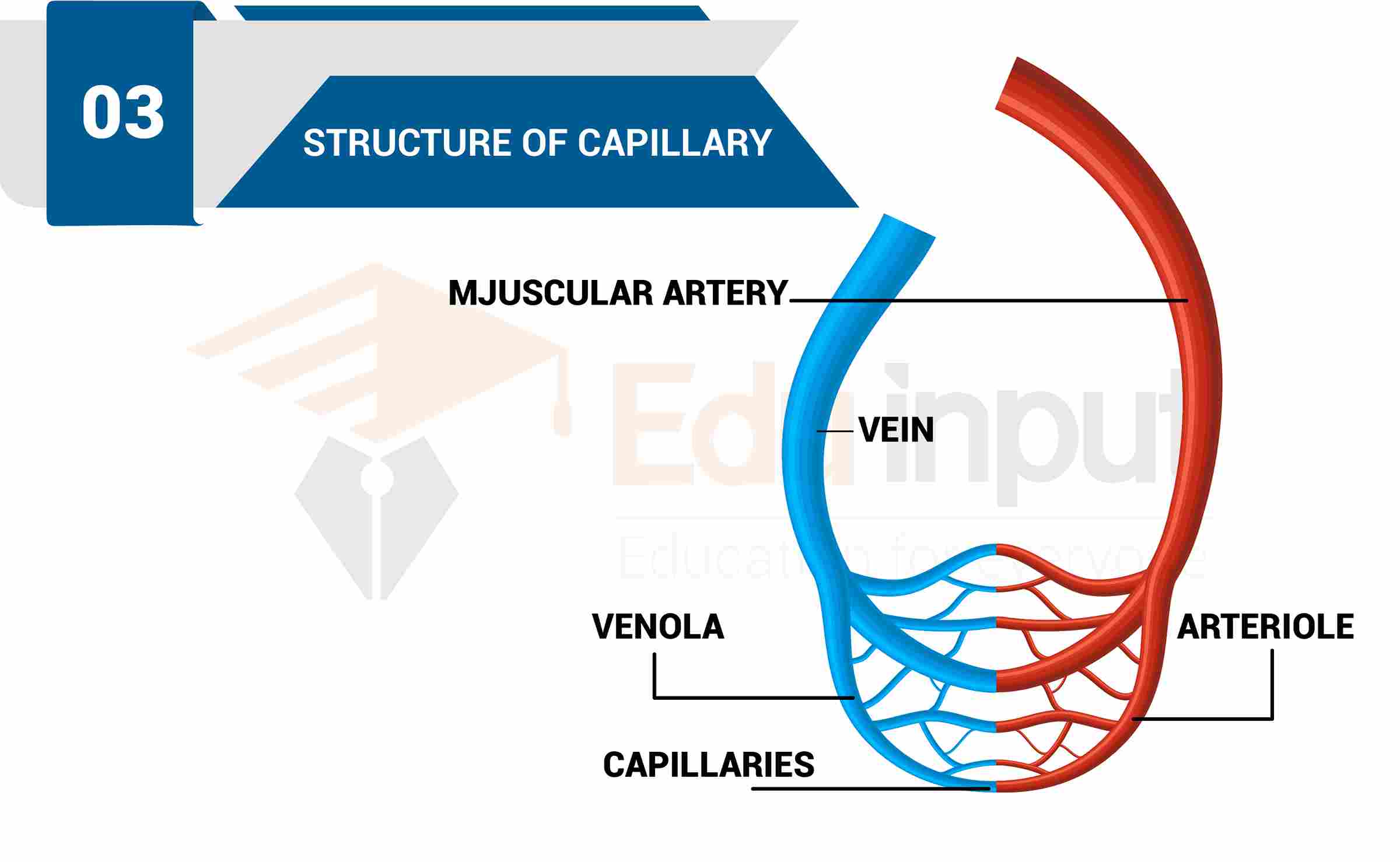What is Transpiration?-Demonstration and Types of Transpiration
Transpiration is the process of water evaporating from plant leaves. This happens through pores called stomata. The amount of water lost depends on temperature, humidity, and other environmental conditions.
Plants use transpiration to regulate their internal environment. If too much water is lost, they’ll die. Plants also use transpiration to move nutrients around within themselves.
Transpiration is not a purely physical process. It is a vital phenomenon. It plays important role in the cell. The amount of water lost by transpiration is very large. It sends the final dry weight of the plant by several hundred times. A com plat during its life of a few weeks transpires a large amount of water.
This water can fill a barrel. Similarly, the medium-sized tree may lose more than a ton of water every day. It has also been estimated that every ounce of dry matter in the aerial parts of a crop plant loses 20-50 pounds of water by transpiration.
Demonstration Of Transpiration
A potted plant is placed under a bell jar. The soil in the pot is watered and the pot is covered with a rubber sheet of soil. The walls of the pot are coated with paraffin. After a short time, drops of water will appear on the inner surface of the bell jar. This water has come from the aerial parts of the plant.
Types Of Transpiration
There are two types of transpiration:
- Foliar transpiration
- Lenticular Transpiration
1. Foliar Transpiration
The transpiration which takes place through the leaves is called foliar transpiration. The foliar transpiration may be stomatal transpiration or cuticular transpiration.
Stomatal Transpiration:
The transpiration which takes place through the stomata is called stomatal transpiration. The lower part of the leaf has loosely packed spongy mesophyll cells. They have several large intercellular spaces. These air spaces communicate with the outside atmosphere using stomata in the leaf epidermis.
The xylem of the leaf vein supplies water to the cells of the mesophyll by osmotic diffusion. Mesophyll cells become turgid and saturated with water. Water evaporates from their moist walls into the internal atmosphere of the intercellular spaces of the mesophyll. It becomes saturated with water vapor. Finally, water vapor moves out of the stomata.
Cuticular Transpiration:
The transpiration which takes place through the cuticle of the leaf is called cuticular transpiration. The cuticle is present on the outer walls of the epidermal cells. The cuticle is not permeable to water. Therefore, the amount of water lost through it is small. It is only 3 to 10% of the total transpiration. Cuticular transpiration depends upon the thickness of the cuticle.
The cuticle is poorly or not at all developed in herbaceous plants growing in humid and shady places. Therefore, their cuticular transpiration becomes equal to the stomatal transpiration. Transpiration from stems. fruits and flower parts are mostly cuticular.
2. Lenticular Transpiration
Lenticels are pore- structures in the barks of the woody stems. Some transpiration also takes place through the lenticels. It is called lenticular transpiration.

 written by
written by 



Leave a Reply